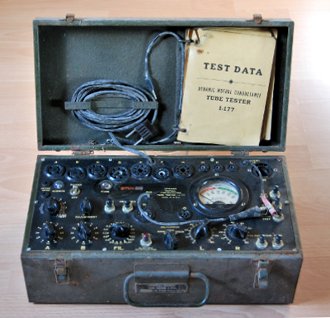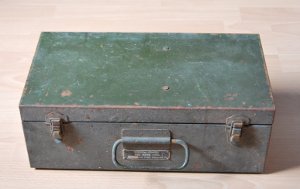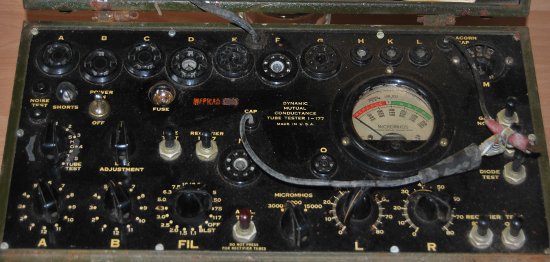Hickok I-177 tube tester


Tube testers have always fascinated me. Although it is easy to set up a simple test circuit to verify that the valves you have are still working to their intended specifications, it takes quite a lot of tinkering if you want to carry out more tests on a valve or if you need to test different types. A test circuit for every test. It is much more convenient to have a single box that contains test circuits for all conceivable tests for all types of valves you think you want to test. Now it is possible to build a tube tester yourself, but you will have to calculate the right operating conditions and expected readings from the data sheets for every type of valve you want to test. For a radio serviceman (including those in the Armed Services) it will save a lot of time if the settings of such a box are easily made, and if a booklet comes with it that states the settings and acceptable readings for all types. By doing so, he can rely on the knowledge of the manufacturer of the tube tester.

Olive drab case.

Label of the US Army Signal Corps.
This tube tester contains two rectifiers to supply the testing voltages:
The reason why I bought this type of tester was that I needed to test the rectifiers in my B&K 700 tester. And I wanted a tester that I could be easily adapted to test valves that I have data for, but which are not in the tables. The B&K 700 tester is not easily used for that.

A closer look at the controls and sockets of the I-177.
Copyright © 2009 by Onno's E-page published 2009-03-08